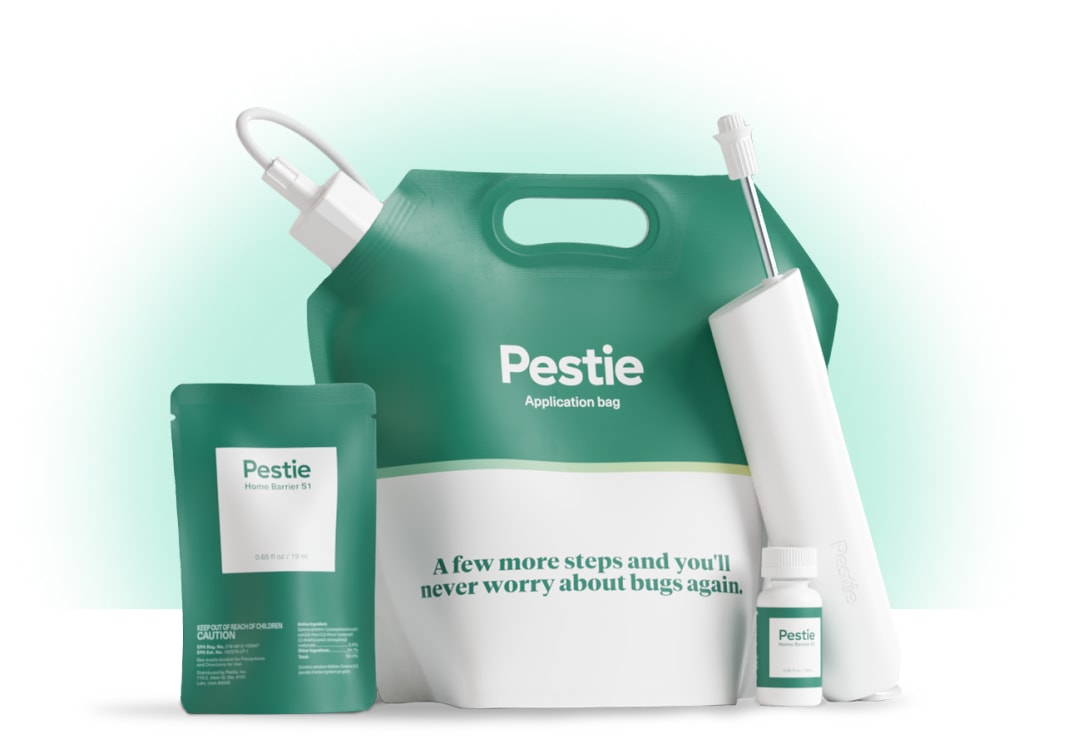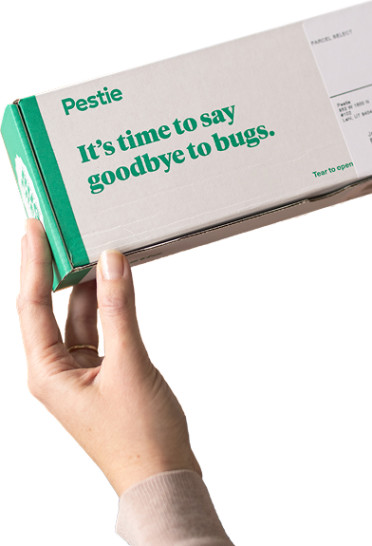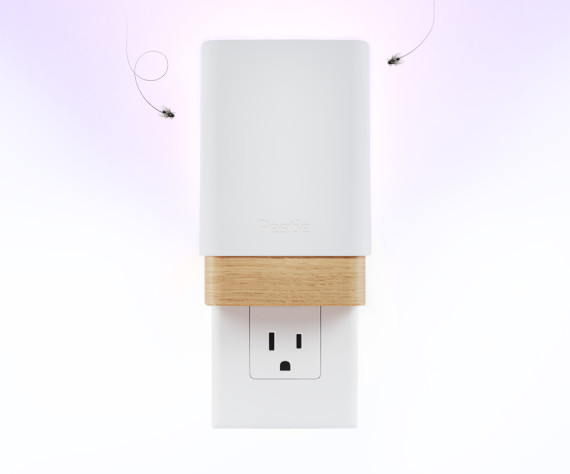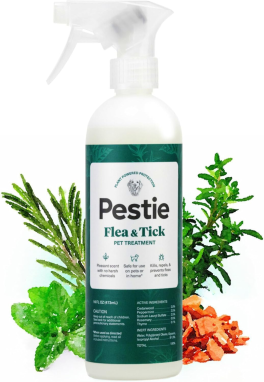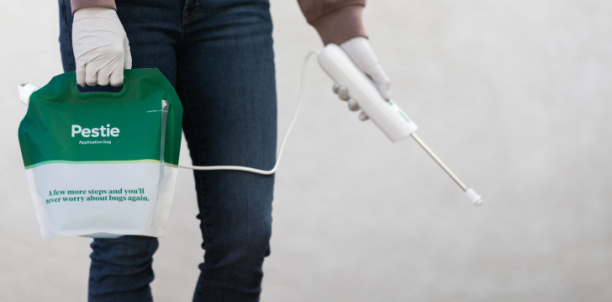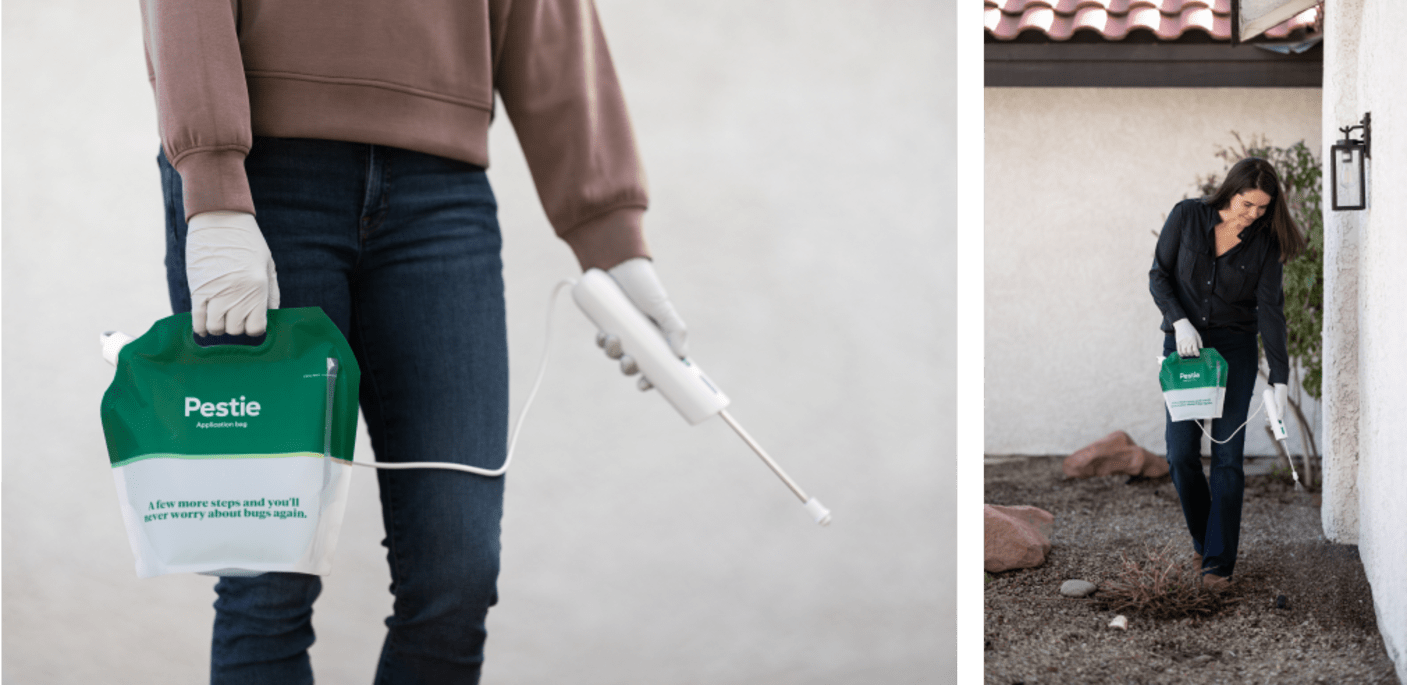How to identify and get rid of chiggers
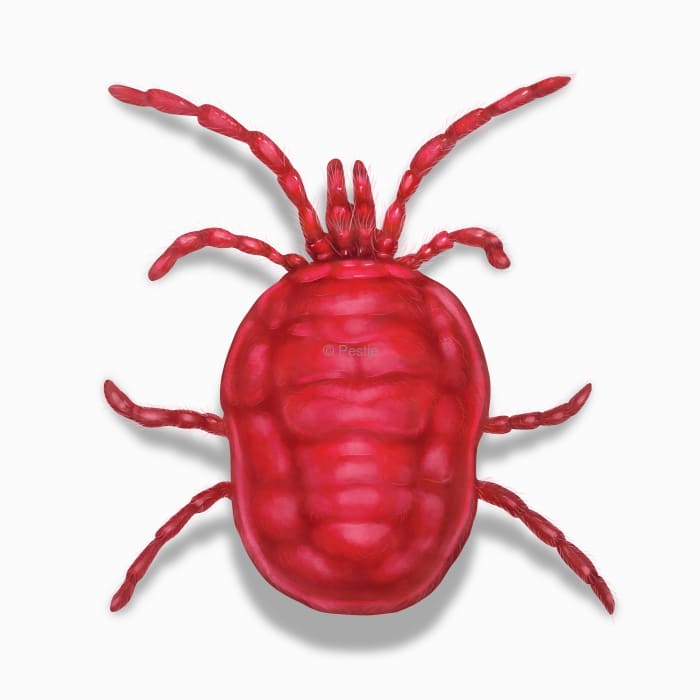
The invisible itch: dealing with chiggers in your landscaping
Summers are all about going barefoot outside and rolling in the grass without a care in the world. Unless you live in an area of the US where chiggers roam in your yard.
If you’ve ever walked through the tall grass of a field or ventured off the trail during a hike, then perhaps you’ve later discovered the terrible itchy bites that these tiny critters leave behind. You’ve just been introduced to a few not-so-friendly chiggers!
How to identify chiggers
Chiggers are the near-invisible larval form of mites that feed on the skin of animals, leaving an irritating rash that is a miserable consequence of their feeding habits. They are too small to see with the naked eye, but a large cluster of them on your clothes or skin might look like a red patch.
How big are chiggers?
They are only 1/100th of an inch, pretty much invisible to the naked eye. So there’s no way of knowing they are there until they bite you and you feel the itch hours later. You could probably fit 6-10 of them on the period at the end of this sentence.
What do chiggers look like?
The adult chiggers are large enough to see and are usually red with 8 legs. The immature mites are the ones that do all the feeding and only have 6 legs. However, this doesn’t make them an insect, instead, they are related to spiders and ticks. Sometimes they could be confused with a clover mite because of their size. However chiggers are much smaller.
Where do chiggers live?
Female mites lay their eggs in the soil during the warm days of spring, and the young chiggers hatch and climb nearby vegetation, waiting for an animal to pass by.
That unlucky person (which might be you), then becomes the host for the parasitic chigger. The chigger prefers places on the host where the skin is thin and where areas are moist and clothes are tight. This could include around the ankles, armpits, behind knees, and near the waist and groin.
Chiggers are active during spring, summer, and fall, although most of the time we notice them while we are outside more during the summer.
Can chiggers live in your home?
The only way that chiggers will make their way into your home, is if they hitchhike on your pant legs or your pet.
If you’ve been out in long grass or unkempt brush, then washing your clothes in hot water, rinsing off your feet and legs, and washing your pet can keep chiggers from biting.
If they do make it into your house, they can cling to bed sheets, rugs, and carpets. If they don’t find a host to feed on, then they will die in about 2 months.
How to get rid of chiggers
The best way to get rid of chiggers from your yard is to keep your grass mowed short and to protect yourself when working in or traveling through long grass, or unkept brush.
If you do need to work, hike, or travel in tall grass, make sure to wear long pants, wear long socks, and use an insect deterrent like DEET to keep chiggers away.
Once you come inside after being in chigger-infested areas, make sure you immediately wash your clothes in hot water and clean your legs and feet with soap and water. This can help keep chiggers from biting you.
Also, consider spraying an insect barrier around your home and property. Pestie’s pro-grade DIY solution only takes a few minutes to apply but gives you long-lasting protection against invading pests.
Treat chiggers with Pestie
If you're still having trouble keeping chiggers away, the best option is to use a pro-grade, effective pest control solution like Pestie.
Pestie is a do-it-yourself pest control solution that's specially designed to keep chiggers and other pests away from your home.
With Pestie, you can rest easy knowing that your living space is protected and free of creepy crawlies. And the best part? It's designed for people, pets, and the planet, so you can say goodbye to harsh chemicals and hello to peace of mind!
- Save hundreds compared to traditional annual pest plans
- People, pet, and planet-friendly
- Pro-grade customized formulas
Quick facts
How dangerous are Chiggers?
Medium danger risk
While chiggers don’t carry diseases in the US and don’t have any venom, their bites are more irritating than dangerous. The only risk to a chigger bite would be a secondary infection from scratching the wounds open.
- Scientific name
Family - Trombiculidae
- Other common names
Harvest Mites, Berry Bugs, Bush-mites, Red Bugs, Scrub-itch Mites
- Colors
Reddish, then yellow after feeding
- Life span
2-12 months
- Diet
Adults feed on small insects and their eggs, larvae feed on animal skin cells
Chiggers are just babies! They only have 6 legs as a larva, and then gain two more legs when they grow to be adults.
